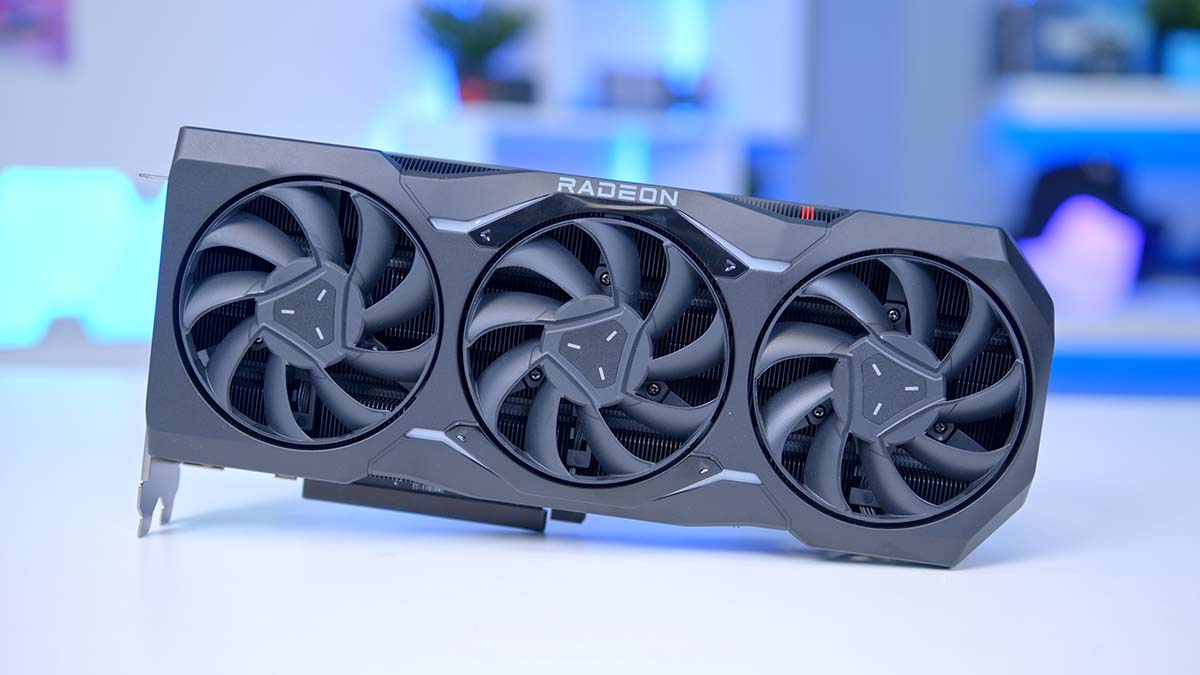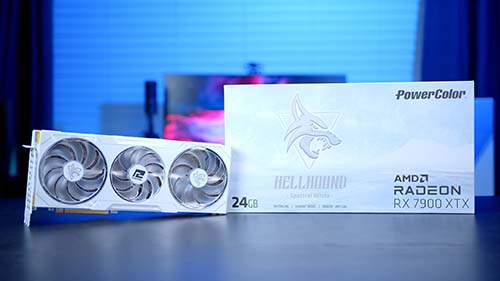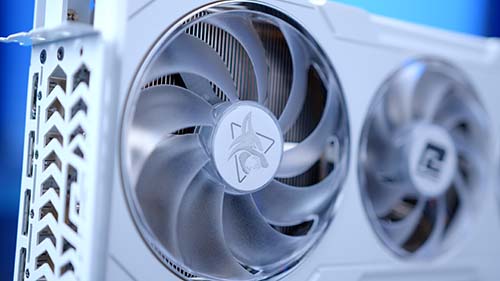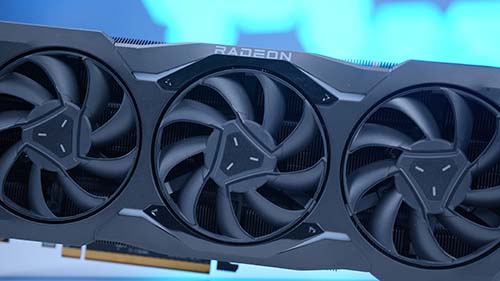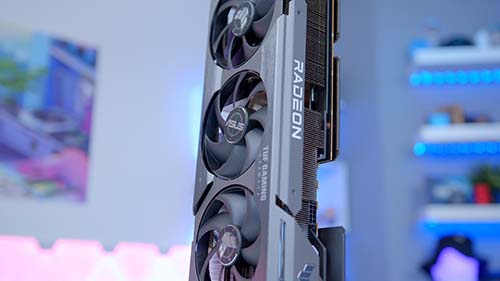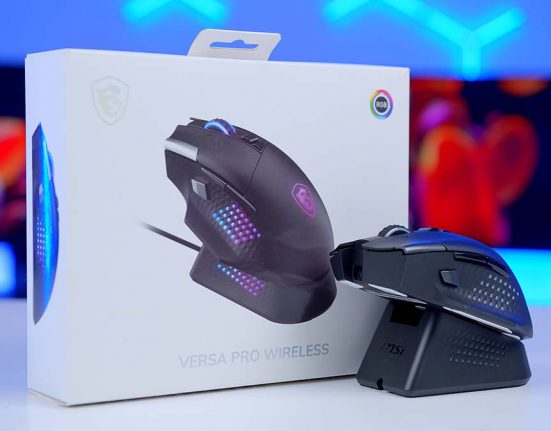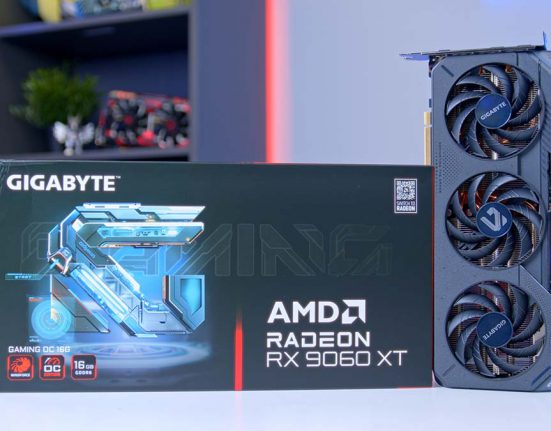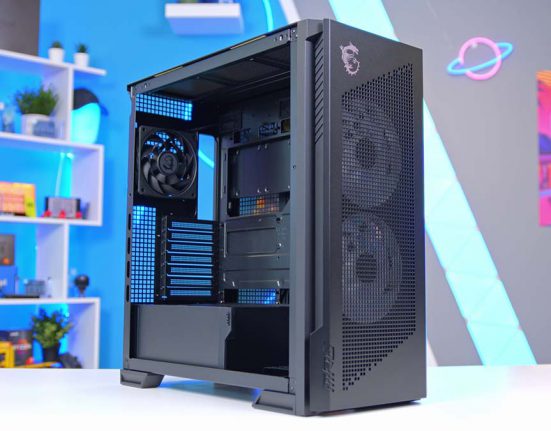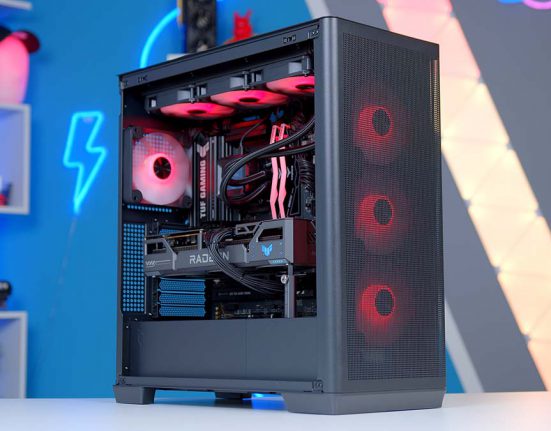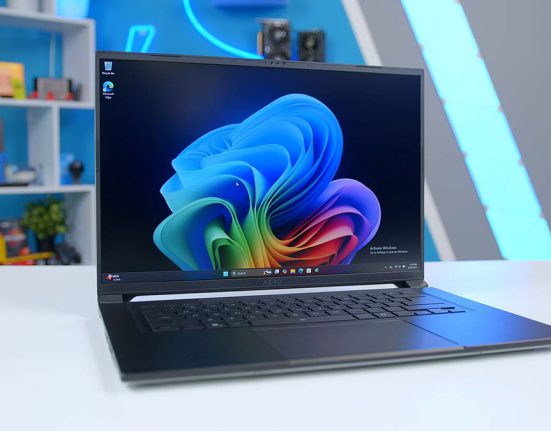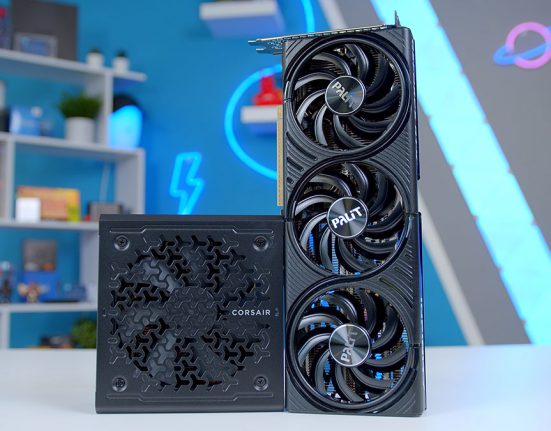AMD’s Radeon RX 7900 XTX is an exceptional graphics card that offers top-end performance and can handle the most challenging games at the highest resolutions. Those looking to push their system with games maxed out at 4K will want to pick up an RX 7900 XTX, but it can be challenging to figure out which card amongst the selection is the best. That’s why we’ve tested a range of RX 7900 XTX graphics cards to determine the best value proposition.
In this buyers guide, we’ll break down the best RX 7900 XTX graphics cards, delving into each option that we believe best suits a range of different PC builders. This roundup covers each card’s key specs and details on why each GPU is an excellent pick.
The Best RX 7900 XTX GPUs
1. PowerColor HellHound Spectral White RX 7900 XTX
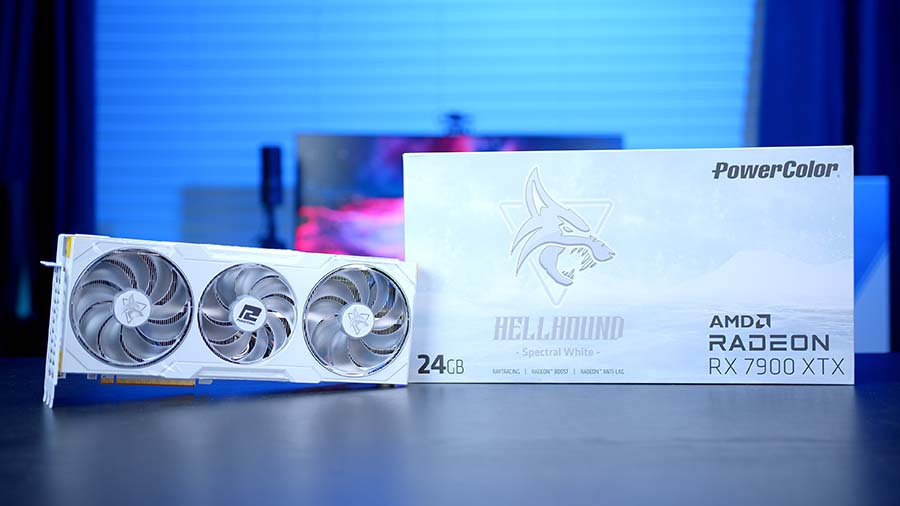
The HellHound Spectral White RX 7900 XTX from PowerColor is one of the few white graphics cards on the market, providing some alternative aesthetic options for those who prefer a lighter-themed build. It is a gorgeous GPU with a white shroud that spans the entire card, alongside translucent RGB fans that offer additional flair for your system.
While the Spectral White RX 7900 XTX’s design is an apparent strength, its performance and thermals are solid, too. 4K gaming at maxed-out settings should pose no problems for the 7900 XTX, and thanks to its triple-fan design, this card stays nice and quiet during intense workloads.
| Key Specs | PowerColor HellHound Spectral White RX 7900 XTX |
|---|---|
| Video Memory | 24GB GDDR6 |
| Memory Bus | 384-bit |
| Base Clock Speed | 1.85GHz |
| Boost Clock Speed | 2.52GHz |
| Stream Processors | 6144 |
| Ray Accelerators | 96 |
| Length | 320mm |
| Power Draw | 355W |
Unfortunately, the Spectral White RX 7900 XTX is not a cheap option compared to other graphics cards. The MSRP of the RX 7900 XTX sits around $999, while this Spectral White variant sits well over the $1000 mark, which isn’t ideal if you’re sticking to a particular budget threshold. This specific variant of the RX 7900 XTX is primarily geared towards the enthusiast side of the market.

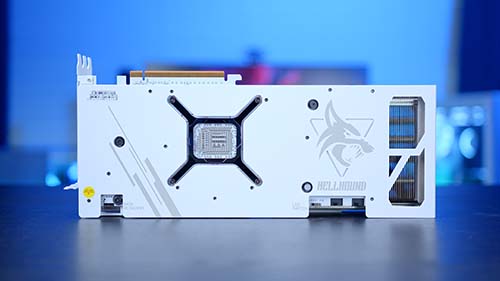
Suggested Article: Best Cases for AMD Radeon RX 7900 XTX & XT
2. MSI RX 7900 XTX Gaming Trio Classic
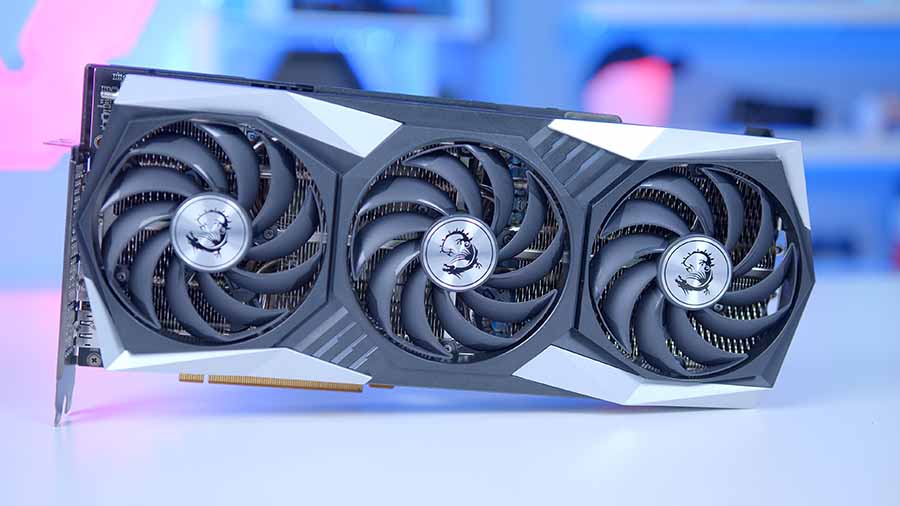
MSI’s RX 7900 XTX Gaming Trio Classic is a well-rounded design that offers an excellent balance of performance and pricing. This GPU comes in at MSRP, making it a worthwhile consideration for the price-conscious buyer. The triple-fan shrouding on the Gaming Trio Classic assists with airflow and cooling, keeping a lid on thermals in more demanding workloads.
| Key Specs | MSI RX 7900 XTX Gaming Trio Classic |
|---|---|
| Video Memory | 24GB GDDR6 |
| Memory Bus | 384-bit |
| Base Clock Speed | 1.85GHz |
| Boost Clock Speed | 2.5GHz |
| Stream Processors | 6144 |
| Ray Accelerators | 96 |
| Length | 325mm |
| Power Draw | 355W |
The MSI RX 7900 XTX Gaming Trio Classic features greyed angular accents at the card’s top and bottom, giving the aesthetic some depth and texture. Unfortunately, the fans don’t offer any RGB, but there are some strips that can be seen towards the top right and bottom left of the GPU, with some on the top as well. It is worth noting that the Gaming Trio Classic is only 325mm in length, so this shouldn’t restrict the number of case choices when it comes to clearance.
While I love the Gaming Trio Classic, its biggest downfall is its design. The aesthetic feels slightly outdated in comparison to modern options. While many will appreciate this card’s minimalist design, I think the price point of this GPU justifies more bells and whistles when it comes to style.
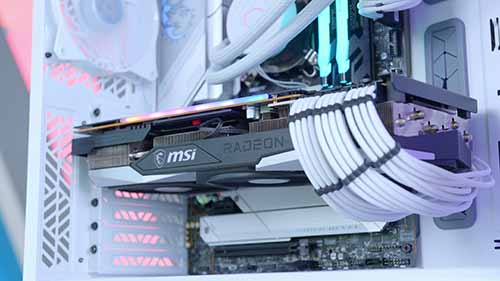

3. AMD Radeon RX 7900 XTX Reference Card
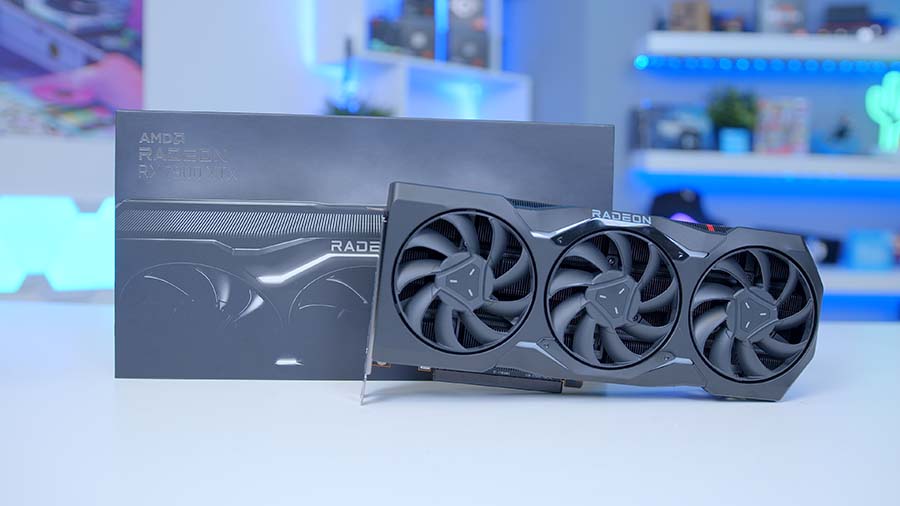
AMD’s Radeon RX 7900 XTX reference card is another excellent option for those being price-conscious. This particular RX 7900 XTX is the smallest card of the bunch, coming in under the 300mm mark in terms of length while sporting three fans. Despite its small stature, the triple-fan design keeps thermals to a minimum, further assisted by the large heatsink underneath the shroud.
The RX 7900 XTX reference card is one of the better-looking options on the market. The sophisticated black design, coupled with the RGB strips on the front of the shrouding, looks pretty nice, offering a sleek but more minimalist aesthetic. This card will blend in quite nicely with other dark-themed components due to AMD’s all-black colour theme.
| Key Specs | AMD RX 7900 XTX Reference Card |
|---|---|
| Video Memory | 24GB GDDR6 |
| Memory Bus | 384-bit |
| Base Clock Speed | 1.85GHz |
| Boost Clock Speed | 2.5GHz |
| Stream Processors | 6144 |
| Ray Accelerators | 96 |
| Length | 287mm |
| Power Draw | 355W |
While the reference model RX 7900 XTX does sit at MSRP, there are many other options from varying manufacturers that come in at a similar price point, offering better performance bonuses, designs, and thermal capabilities, reducing the value of the reference design. However, the RX 7900 XTX reference model is a solid value option when the alternatives eventually run out of stock.
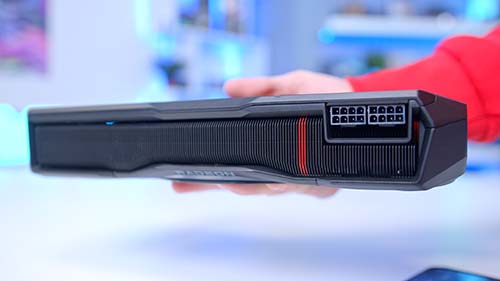
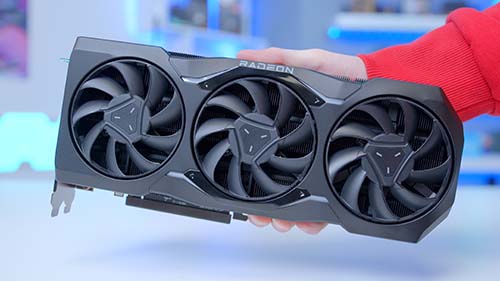
4. ASUS TUF Gaming OC RX 7900 XTX
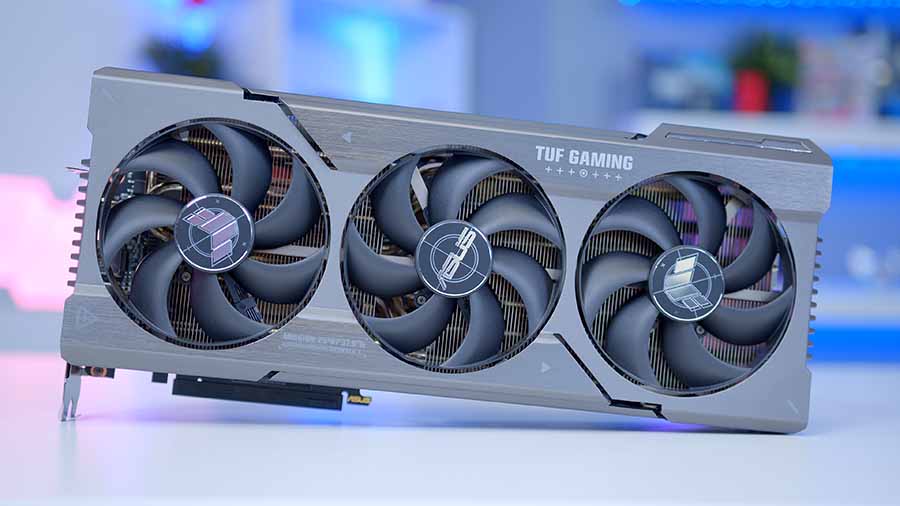
The TUF Gaming OC Radeon RX 7900 XTX is another triple-fan design that focuses more on airflow and thermals. This OC model also offers a nice enhancement to the overall boosting capability, which provides performance bonuses in both games and more challenging workloads.
The triple fan design significantly improves thermals, as the card is much more capable of moving air around efficiently. The fans have also been scaled up compared to previous generation options, further minimising noise levels while maintaining consistent performance. During our testing, we found that this model was one of the stronger graphics cards regarding thermals, ensuring that it stayed cool even under a significant load.
| Key Specs | ASUS TUF Gaming OC RX 7900 XTX |
|---|---|
| Video Memory | 24GB GDDR6 |
| Memory Bus | 384-bit |
| Base Clock Speed | 1.85GHz |
| Boost Clock Speed | 2.61GHz |
| Stream Processors | 6144 |
| Ray Accelerators | 96 |
| Length | 352mm |
| Power Draw | 355W |
However, this card is undoubtedly one of the largest RX 7900 XTX cards available, coming in at 352mm long, over 20% larger than AMD’s reference card. Those looking to build a compact system may struggle to squeeze in the ASUS TUF Gaming OC Radeon RX 7900 XTX into some small cases.

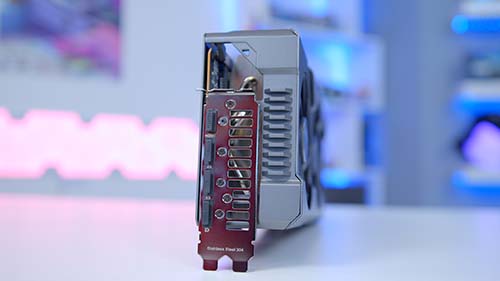
How We Tested the Best RX 7900 XTX Graphics Cards
To provide informed product recommendations, we test a variety of graphics cards at varying resolutions in popular games and triple-A titles. To ensure that testing is repeatable and fair, all of our settings are published in our ‘How We Test Graphics Cards’ article, which covers our in-depth testing methodology. To showcase this, we’ve provided some benchmarks of the Radeon RX 7900 XTX below to see how it performs in select titles.
Apex Legends
Settings: 4K, Anti-aliasing TSAA, Texture Filtering 8X, Model Detail High, VSync Disabled, Effects High, Ambient Occlusion Quality High
In Apex Legends at 4K high, the 7900 XTX led this benchmark, offering a stable framerate of 202FPS, which is more than enough for this game. Apex players benefit from a high refresh rate, and we’re seeing this here. There isn’t much to say other than that the 7900 XTX blew every other card out of the water, including the RTX 4090, which this card doesn’t even look to compete against.
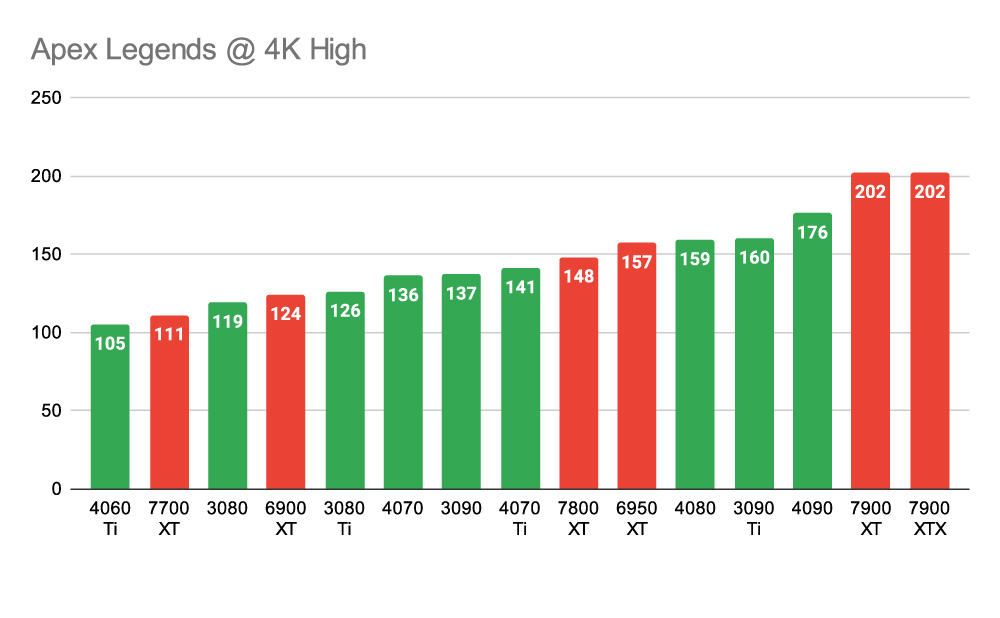
Overwatch 2 @ 4K
Settings: 4K, Graphics Quality: Ultra, High Quality Upsampling FSR: 1.0, Texture Quality: High, Antialias Quality: High – SMAA Medium, Ambient Occlusion: Medium
Our final game was Overwatch 2 at 4K ultra settings. In this benchmark, the 7900 XTX wasn’t the leader, offering an average output of 215FPS. This isn’t to say that performance was terrible, consumers can enjoy a buttery smooth display experience with 215FPS, but there is a clear swing towards NVIDIA cards in this particular Esports title.
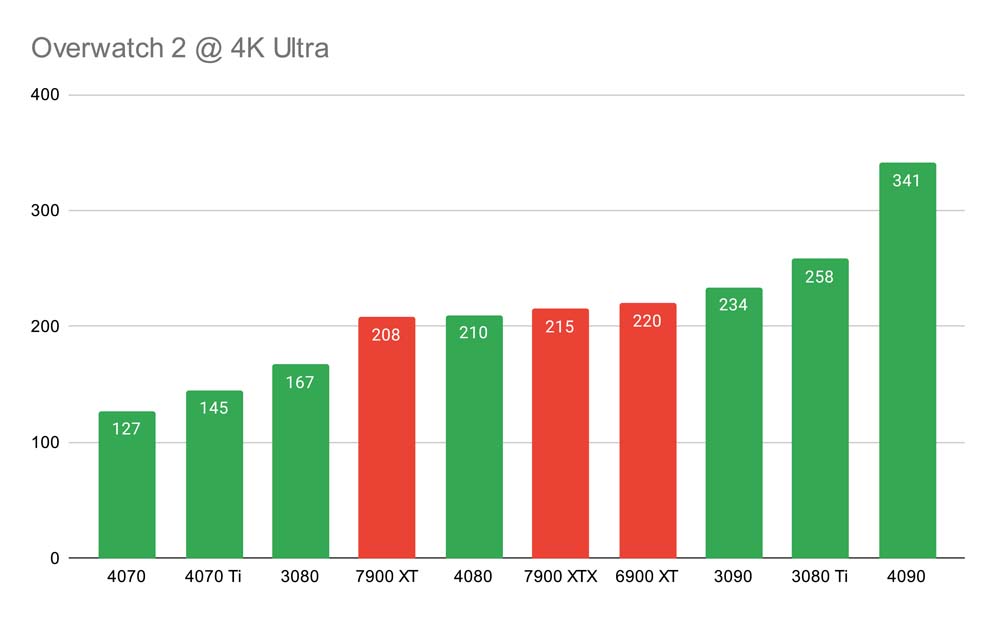
Frequently Asked Questions
Is the RX 7900 XTX good for gaming?
The AMD Radeon RX 7900 XTX is one of the best-performing graphics cards gamers can buy, offering solid 4K performance in even the most demanding titles.
How Big is the 7900 XTX?
The 7900 XTX ranges from 280mm to 360mm. We advise checking the clearance within your case to minimise any installation issues.
What CPU Should I Pair With the RX 7900 XTX?
We recommend a high-end option like the Ryzen 7 7800X3D or an Intel Core i7-13700K.


